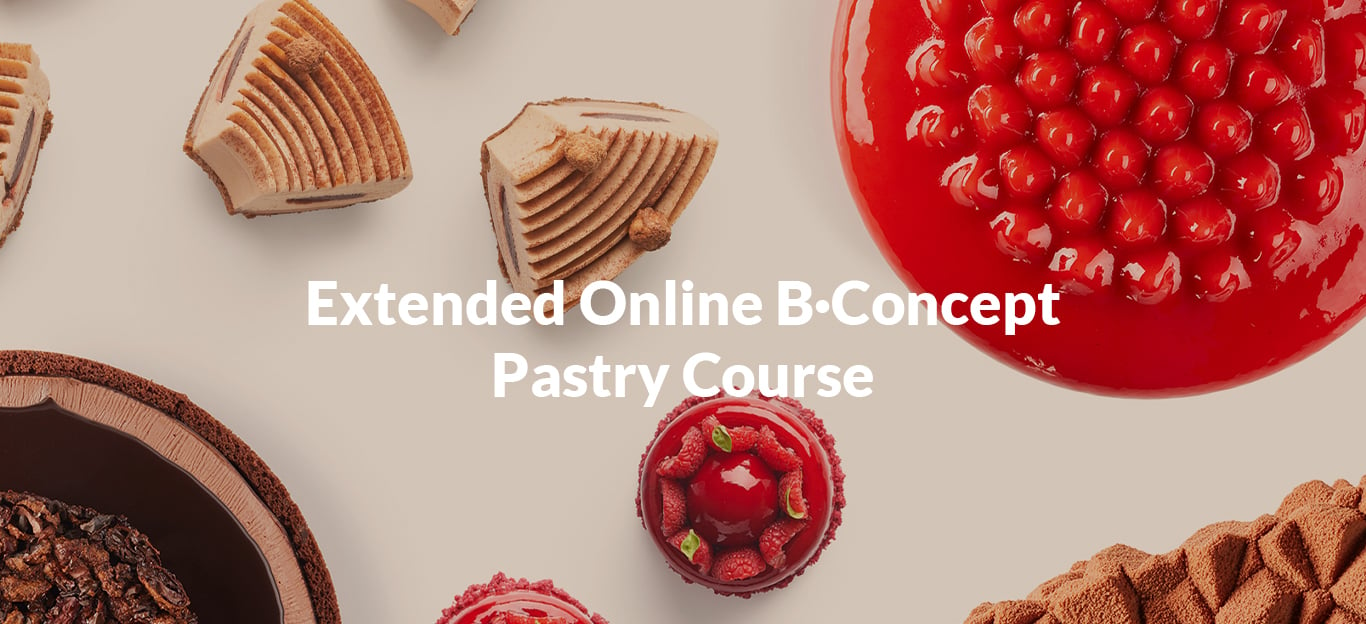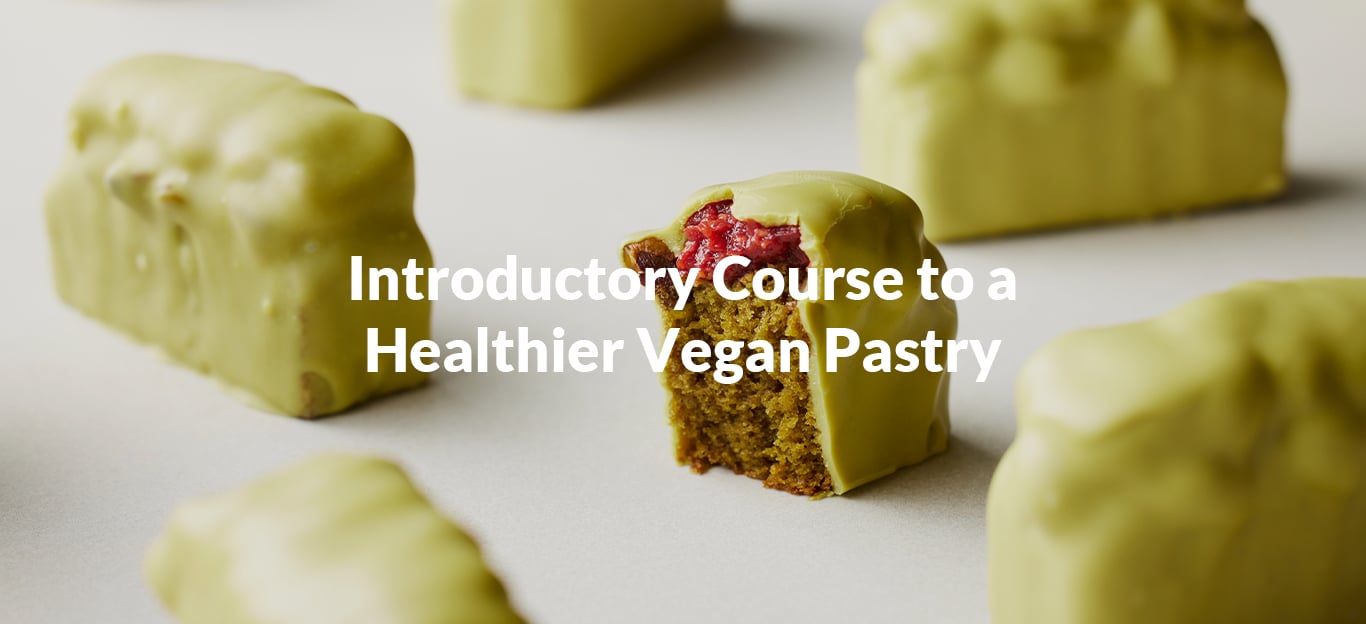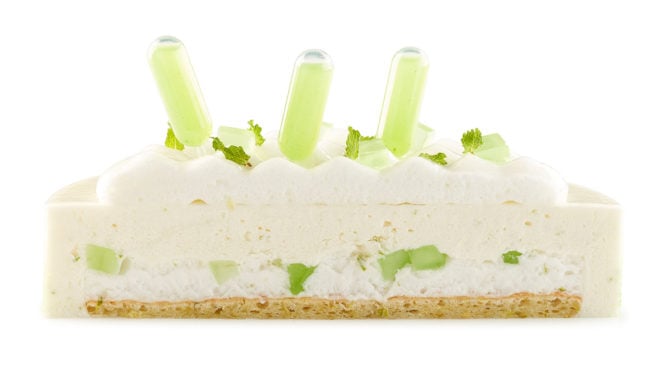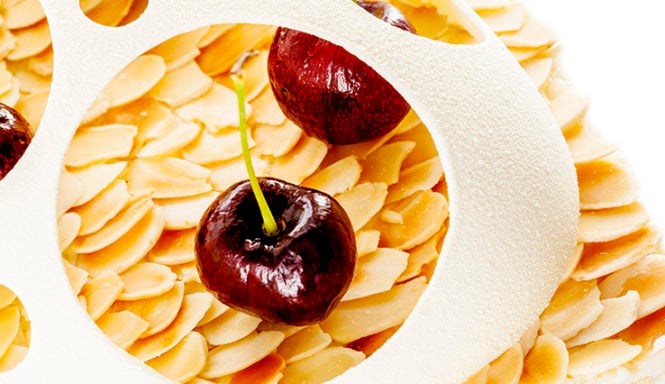
Summer flavors: how to achieve perfect pairings
Here comes the sun, and along with it, our cravings for light and refreshing combinations. Mint, pineapple, peach or cherry are all seasonal flavors that meet these requirements, but do you actually know how to combine them to obtain surprising results in your elaborations? Let’s get to discover the summer flavors.
Aromatic molecule cocktail, anyone?
The flavor of ingredients is the result of a combination of thousands of molecules and, depending on how we detect them, these molecules provide us with taste (taste buds) or aroma(olfactory receptors). We all know the 5 basic tastes: sweet, bitter, sour, salty and umami ("pleasant savory taste"). Aroma, however, is much more complex, given that we’re capable of detecting hundreds of different aromatic molecules. For this very reason, it’s usually aroma that helps us distinguish between one ingredient and another, creating a unique, aromatic DNA. Interesting, right?
If that wasn’t enough, we also have spicy, astringent, unctuous and refreshing sensation to add to the list of sensations that some ingredients can provoke, so the possibilities really are endless! With so many options on the table, how can we find the perfect summer flavors’ pairing that’ll surprise our customers?
A match made in heaven
Though aroma is made up of hundreds of molecules, some of these stand out, helping us find pairings as good as strawberries and whipped cream or hazelnut and chocolate. If we look for ingredients that share these same characteristic aromas, we can create successful flavor combinations.
Let’s go back to the strawberries example. From within their most predominant aromatic molecules appears a compound (acetoin) which is also found in dairy ingredients like mascarpone or whipping cream (the classic pairing of strawberries and cream isn’t a coincidence!). What’s more, strawberries also combine beautifully with basil, since they have another aromatic compound in common (eugenol, to be exact) which allows these two ingredients to create a harmonious pairing.
We took all of this into account when it came to creating our already famous Cheesecake, which combines the creaminess of the cream cheese with the fresh touch the strawberries, lime and basil provide. But we didn’t stop there—do you remember the demo we did in collaboration with Andrea Dopico where we presented the Citrus Crown? With this tart, we succeeded in creating an explosion of freshness by combining various citrus fruits, like kalamansi, bergamot or mandarin, with ginger and almond. At this point, it probably won’t surprise you to find out that all these ingredients also share aromatic compounds (terpenes), which make this elaboration a true delight for the palate, with its summer flavors… or for the whole year!
A matter of contrasts
Another way to create successful flavor combinations is to do exactly the opposite, which means pairing ingredients of contrasting flavors. There is a long and interesting scientific explanation behind it, but long story short (yes, we’re almost in summer mode), by combining salty ingredients with bitter ones, or sour elaborations with sweet or creamy ones, we’re able to obtain results which are well-balanced and in perfect harmony, where the flavour of each ingredient is enhanced.
Coconut, for example, usually reminds us of summer. Its creamy, fragrant and tropical flavor is truly irresistible, but if we want to take it to the next level, we might consider combining it with another ingredient that contrasts its unctuousness, turning our enjoyable elaboration into a showstopping one. You can see the application of this knowledge in the Extended Online B·Concept Pastry Course, where we present you with many contrasting flavor pairings for entremets and petits gâteaux. The ChocoCoco entremets, for example, combines the toasted, slightly bitter flavor of dark chocolate with a refreshingly sour yuzu gelée. We find something similar in our Mediterrani cake, where the unctuousness of the olive oil perfectly balances out the sourness of the citrus fruits and the fresh mint, creating a light elaboration full of nuances that we simply cannot get enough of!
Did we leave you wanting more? Here are some reading suggestions for this summer and beyond!
1. Taste Buds and Molecules. The art and science of food with wine
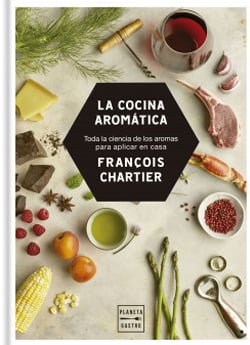
Title: L 'essentiel de Chartier. L'ABC des harmonies aromatiques à table et en cuisine
Author: François Chartier
Publisher: Planeta
Year: 2018
ISBN: 978-84-08-18821-6
Pages: 390
Language: Spanish, French, English
2. Papillae and Molecules. The aromatic science of food and wine.
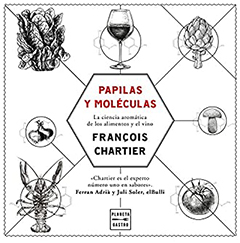
Title: Papillae et molécules: La science aromatique des aliments et des vins
Author: François Chartier
Publisher: Planeta
Year: 2019
ISBN: 978-84-08-17596-4
Pages: 232
Language: English, French, Spanish
3. The encyclopedia of flavors. Combinations, recipes and ideas for the creative cook.
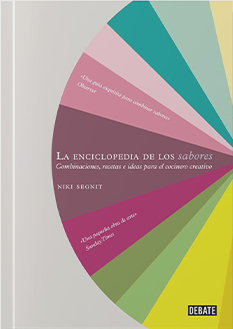
Title: The Flavour Thesaurus. Pairings, recipes and ideas for the creative cook
Author: Niki Segnit
Publisher: Penguin Random House Grupo Editorial
Year: 2011
ISBN: 978-84-9992-013-9
Pages: 527
Language: Chinese, Dutch, English, French, German, Italian, Japanese, Korean, Lithuanian, Korean, Polish, Portuguese, Russian, Spanish, Swedish
